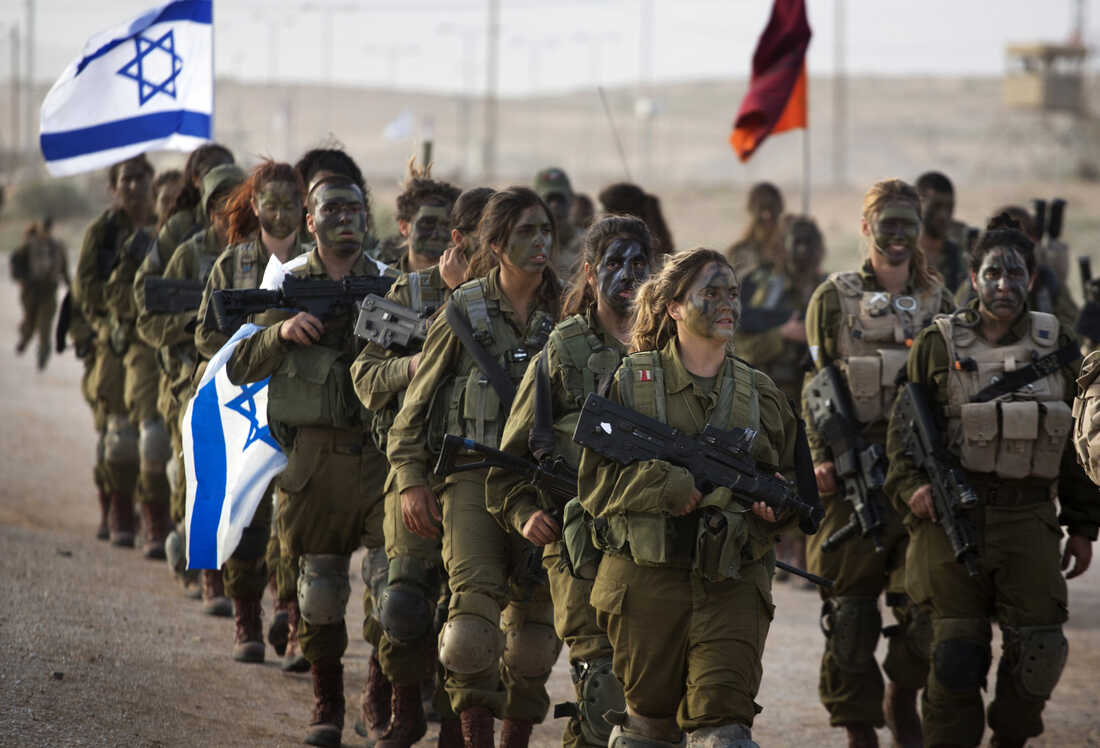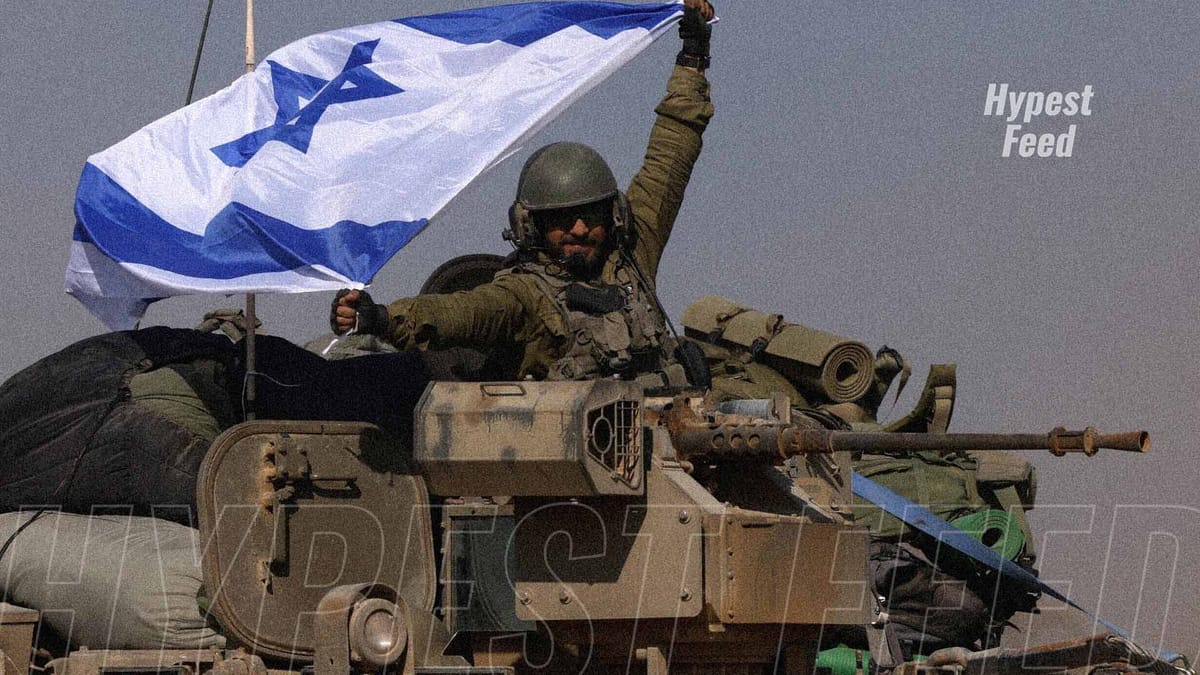Israel is currently facing mounting concerns over the significant number of civilian casualties in Gaza, with reports indicating that at least 30,000 Palestinians have been killed. This situation has raised questions about Israel's commitment to eliminating Hamas, as pledged after October 7. The Israeli military claims to have targeted more than 10,000 fighters in response to a Hamas attack that resulted in approximately 1,200 deaths
Despite Israel's assertions of targeting combatants, there are growing apprehensions regarding its ability to distinguish between fighters and innocent civilians. President Joe Biden expressed concerns in December about Israel's indiscriminate bombing practices, highlighting a potential erosion of international support for Israel due to civilian casualties
The Israel Defense Forces (IDF) have consistently defended their strategies, emphasizing precision in targeting Hamas fighters and infrastructure while striving to minimize civilian harm. However, questions persist about the accuracy of these operations and the impact on civilian populations.

Hamas, on the other hand, has not provided specific figures regarding its military losses. While a Reuters report mentioned an official admitting to 6,000 fighter deaths, Hamas denied this claim. The toll of 30,035 casualties reported by Gaza's health ministry has been deemed credible by the World Health Organization (WHO), although it does not differentiate between civilians and combatants
he conflict in Gaza has led to a complex humanitarian crisis, with reports of Israeli soldiers being killed due to friendly fire incidents and accidents. The challenging urban combat environment in Gaza has contributed to a significant number of Israeli fatalities caused by internal mishaps. Additionally, concerns have been raised about the impact of Israeli military actions on civilians and the lack of a comprehensive post-war strategy
As global attention focuses on the situation in Gaza, calls for a temporary ceasefire have emerged from various quarters. The US National Security Council has expressed deep concern over reports of civilian casualties during aid distribution and emphasized the urgent need for sustained humanitarian assistance in Gaza
In conclusion, the ongoing conflict in Gaza underscores the complexities and challenges associated with military operations in densely populated areas. The need for precision targeting to minimize civilian harm remains paramount as international scrutiny intensifies on Israel's actions and their humanitarian implications.
The latest demographic breakdown from Gaza authorities, dated 29 February, reveals that over 70% of the reported casualties were women and children. This raises questions about Israel's claim of eliminating 10,000 fighters, as less than 30% of the casualties were men, some likely beyond fighting age.
Despite multiple inquiries by BBC Verify, the Israel Defense Forces (IDF) has not provided details on its methodology for counting Hamas fighter deaths. The BBC attempted to gather information from Israel's claims and videos, but the IDF's announcements on fighter casualties were sporadic compared to Hamas-run health ministry updates.
Before the conflict, the IDF estimated that Hamas had approximately 30,000 fighters in Gaza. In December, the IDF considered its assessment of killing two civilians for every Hamas fighter as "tremendously positive" given the battlefield challenges. The discrepancy in casualty figures and the lack of detailed methodology have fueled ongoing scrutiny and debate surrounding the true impact of Israel's operations in Gaza.



Member discussion: